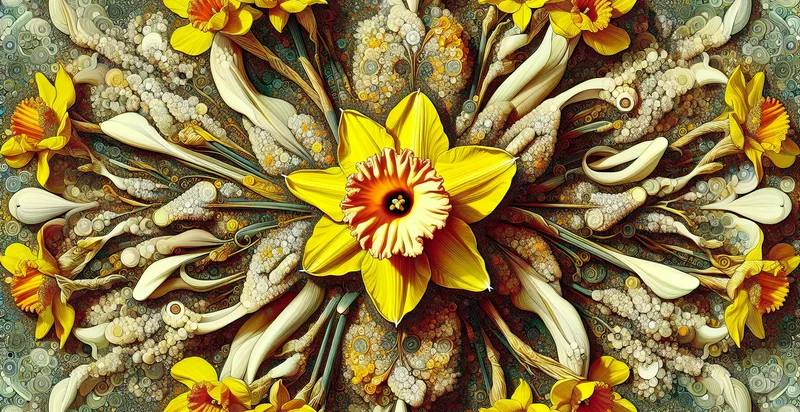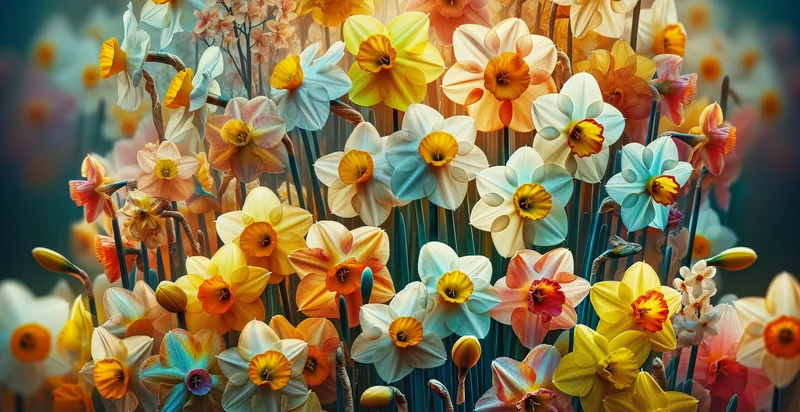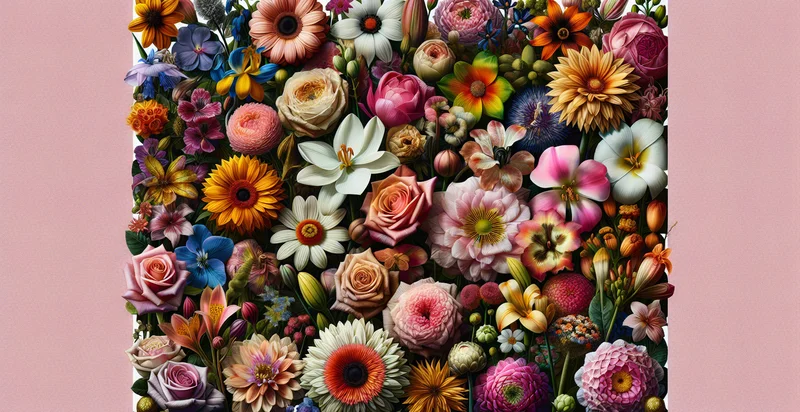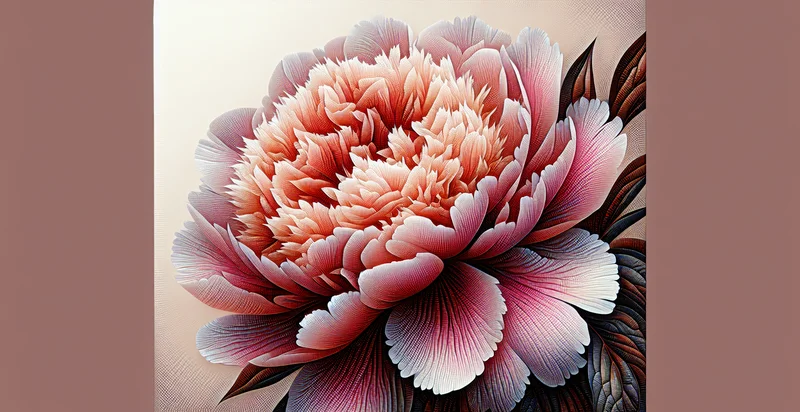Identify is this a daffodil
using AI
Below is a free classifier to identify is this a daffodil. Just upload your image, and our AI will predict if it's a daffodil - in just seconds.

Contact us for API access
Or, use Nyckel to build highly-accurate custom classifiers in just minutes. No PhD required.
Get started
import nyckel
credentials = nyckel.Credentials("YOUR_CLIENT_ID", "YOUR_CLIENT_SECRET")
nyckel.invoke("is-this-a-daffodil", "your_image_url", credentials)
fetch('https://www.nyckel.com/v1/functions/is-this-a-daffodil/invoke', {
method: 'POST',
headers: {
'Authorization': 'Bearer ' + 'YOUR_BEARER_TOKEN',
'Content-Type': 'application/json',
},
body: JSON.stringify(
{"data": "your_image_url"}
)
})
.then(response => response.json())
.then(data => console.log(data));
curl -X POST \
-H "Content-Type: application/json" \
-H "Authorization: Bearer YOUR_BEARER_TOKEN" \
-d '{"data": "your_image_url"}' \
https://www.nyckel.com/v1/functions/is-this-a-daffodil/invoke
How this classifier works
To start, upload your image. Our AI tool will then predict if it's a daffodil.
This pretrained image model uses a Nyckel-created dataset and has 2 labels, including No Not Daffodil and Yes Daffodil.
We'll also show a confidence score (the higher the number, the more confident the AI model is around if it's a daffodil).
Whether you're just curious or building is this a daffodil detection into your application, we hope our classifier proves helpful.
Related Classifiers
Need to identify is this a daffodil at scale?
Get API or Zapier access to this classifier for free. It's perfect for:
- Gardening Assistance: The 'is this a daffodil' identifier can be integrated into gardening apps to help users identify flower species instantly. By simply capturing a photo of a flower with their smartphone, users can receive instant feedback on whether the flower is a daffodil, enabling them to understand their garden better.
- Educational Tools: Schools and educational platforms can utilize the daffodil identifier to create interactive learning experiences in botany classes. Students can use the app to identify flowers during field trips or lab sessions, enhancing their engagement and knowledge about plant identification.
- Floral Retail: Florists can employ the identifier in inventory management systems to ensure they are stocking the right varieties. When suppliers send in shipments, the app can quickly verify if the flowers received match the order specifications, reducing discrepancies and improving customer satisfaction.
- Environmental Conservation: Conservation groups can leverage the identification function to monitor the prevalence of daffodils in specific ecosystems. By gathering data on daffodil sightings, researchers can better understand biodiversity and the impact of invasive species on local flora.
- Health and Wellness: Wellness applications can incorporate the daffodil identifier to help users learn about the benefits of different flowers. By identifying daffodils, the app can provide users with information on their uses in herbal remedies, promoting mental well-being and nature appreciation.
- Photography and Art: Photographers and artists can use the identifier to label daffodils in their work accurately. This service can enhance storytelling in their portfolios and provide educational content to their audiences on the significance and beauty of various flower species.
- Event Planning: Event planners can utilize the identifier to recommend floral arrangements that include daffodils for spring events. By accurately identifying and showcasing daffodils to clients, planners can create themed decorations that resonate with seasonal aesthetics and enhance the overall atmosphere of events.


